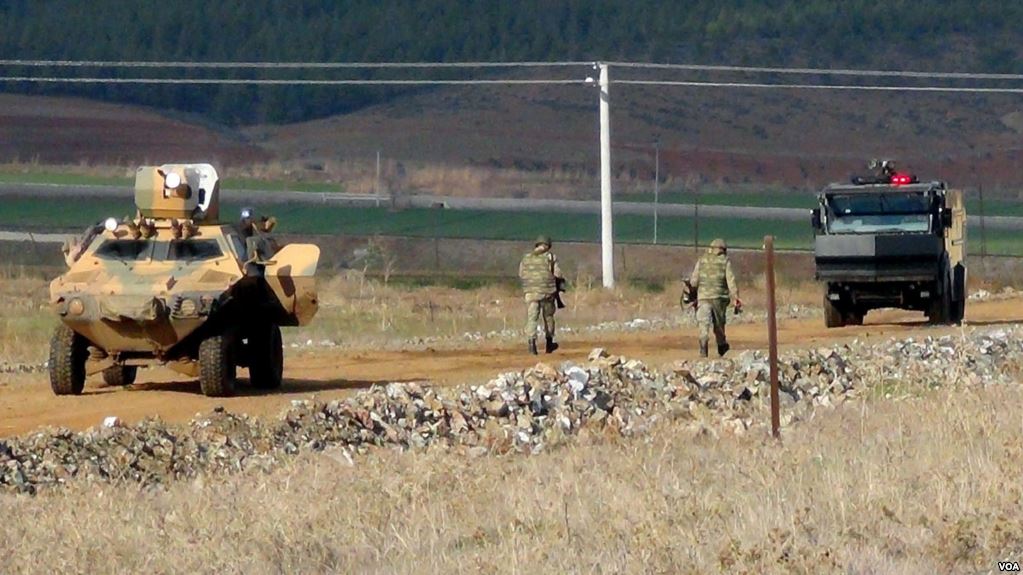“Currently, in the military enlistment offices, the personal files of those liable for military service are stored exclusively in paper form, and each military enlistment office creates databases of citizens to be mobilized independently without any centralization.”
In September 2022, Russia began mobilizing 300,000 soldiers for its so-called special military operation in Ukraine—its first mobilization since World War II—exposing weaknesses in its infrastructure to track, prepare, and equip personnel for military service had deteriorated. As the two accompanying excerpts indicate, the Kremlin and the Russian Ministry of Defense (MoD) have recently enacted changes that they believe will improve the mobilization process.
The first excerpt from Russian pro-business news outlet Kommersant describes how President Vladimir Putin instructed the Ministry of Digital Development to create “a centralized database by 1 April 2024, which will contain information about all Russians liable for military service.” Currently, the article says military enlistment offices store the “personal files of those liable for military service…exclusively in paper form, and each military enlistment office forms databases of citizens to be mobilized independently without any centralization.” During the partial mobilization, this antiquated system resulted in considerable confusion, where draft notices were sent to “wheelchair users, IT specialists who received a deferment, those unfit for health reasons, and fathers of many children.” The plan now is to develop a centralized, digital database, which includes pertinent personal information “about all Russians liable for military service.”[i] The article concludes by asserting that creating this digitized “mobilization resource of 25 million people in Russia” will be a “colossal” undertaking.
There have also been problems providing newly mobilized soldiers with the required personal military kit (uniforms, boots, protective gear, etc.). The second excerpt from the pro-Kremlin news organization RIA Novosti describes the recent decision to appoint the “Kalashnikov Concern…the coordinator of the supply of combat equipment (bulletproof vests, helmets and other items of equipment) to the Russian army.” According to the article, this decision was based on the “unprecedented challenges [faced by the MoD] associated with a special military operation and providing all necessary supplies for the mobilized.”
Sources:
Nikita Korolev, “Айтикоматы: Воинскому учету указана цифровизация (ITcomats: Military registration ordered to digitalize),” Kommersant (Russian pro-business site), 25 November 2022. https://www.kommersant.ru/doc/5692024
Russian President Vladimir Putin instructed the Ministry of Digital Development to create a centralized database by April 1, 2024, which will contain information about all Russians liable for military service. The Ministry of Digital Transformation will have to create an IT system that will include sets of all kinds of data about the life of citizens liable for military service: from their level of education and place of residence to current mobile phone numbers, email addresses and information about the available transport.
The coordinator of the new information system, follows from the document, will be the Ministry of Defense…. After the start of partial mobilization in Russia on September 21, 2022, the media and human rights organizations reported numerous mistakes that the military commissariats made when sending out subpoenas and instructions. For example, summons were received by wheelchair users, IT specialists who received a deferment, unfit for health reasons, fathers of many children, etc….
…Currently, in the military enlistment offices, the personal files of those liable for military service are stored exclusively in paper form, and each military enlistment office creates databases of citizens to be mobilized independently without any centralization, says the interlocutor of Kommersant, who is engaged in the digitalization of one of the law enforcement agencies.
…Taking into account the fact that, according to the official statements of the Ministry of Defense, the mobilization resource of Russia is 25 million people and their data will need to be digitized in a month, “the work ahead is simply colossal,” a top manager of a Russian IT company engaged in developments in the field of artificial intelligence told Kommersant.
“Калашников назначили руководить поставками экипировки, сообщил источник (Kalashnikov was appointed to lead the supply of equipment, the source said),” RIA Novosti (pro-Kremlin news outlet), 13 November 2022. https://ria.ru/20221113/ekipirovka-1831120404.html
The Kalashnikov Concern has been appointed the main enterprise – the coordinator of the supply of combat equipment (bulletproof vests, helmets and other items of equipment) to the Russian army, this measure is needed, among other things, to provide the necessary equipment for the mass replenishment of the Russian Armed Forces – more than 300 thousand mobilized, an informed source told RIA Novosti….
…The interlocutor of the agency explained that this decision was made to unconditionally provide the Ministry of Defense with combat equipment in a situation where the military-industrial complex and the entire system of state defense orders are facing “unprecedented challenges associated with a special military operation and providing all the necessary mobilized.”
Notes:
[i] The plan to digitize data within the Military Commissariats has been discussed for quite some time. For more information see Ray Finch, “Russia Digitizing the Military Commissariat,” OE Watch, October 2021. https://community.apan.org/wg/tradoc-g2/fmso/m/oe-watch-articles-2-singular-format/397925

